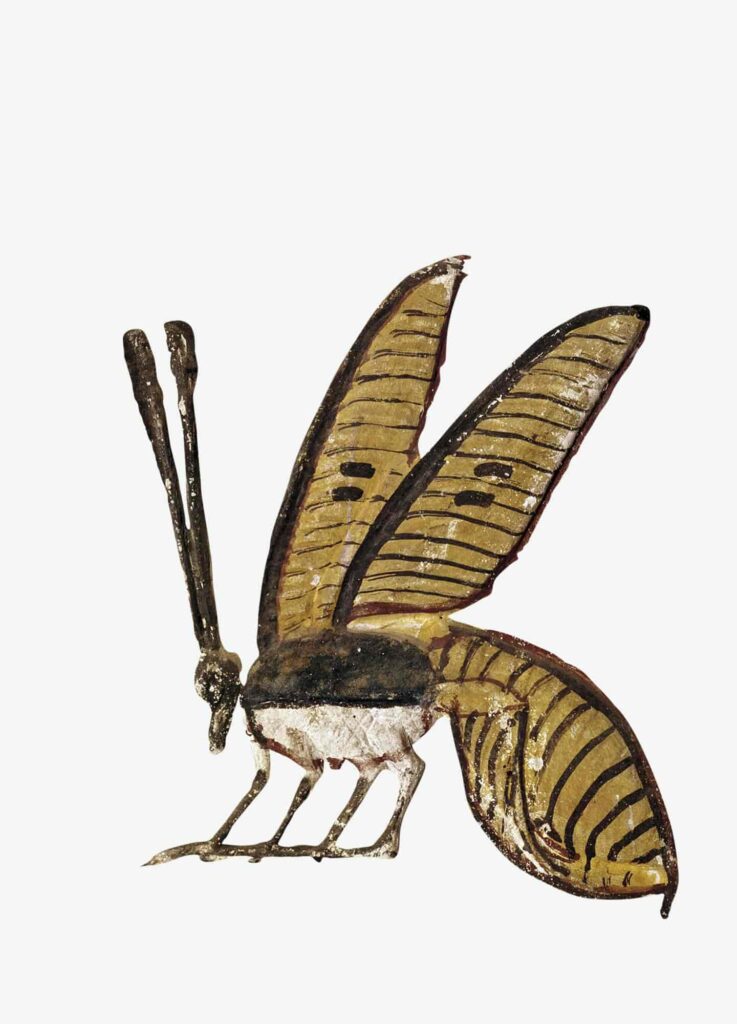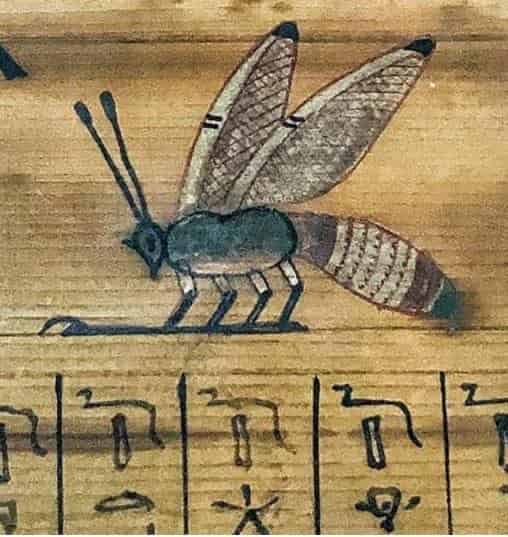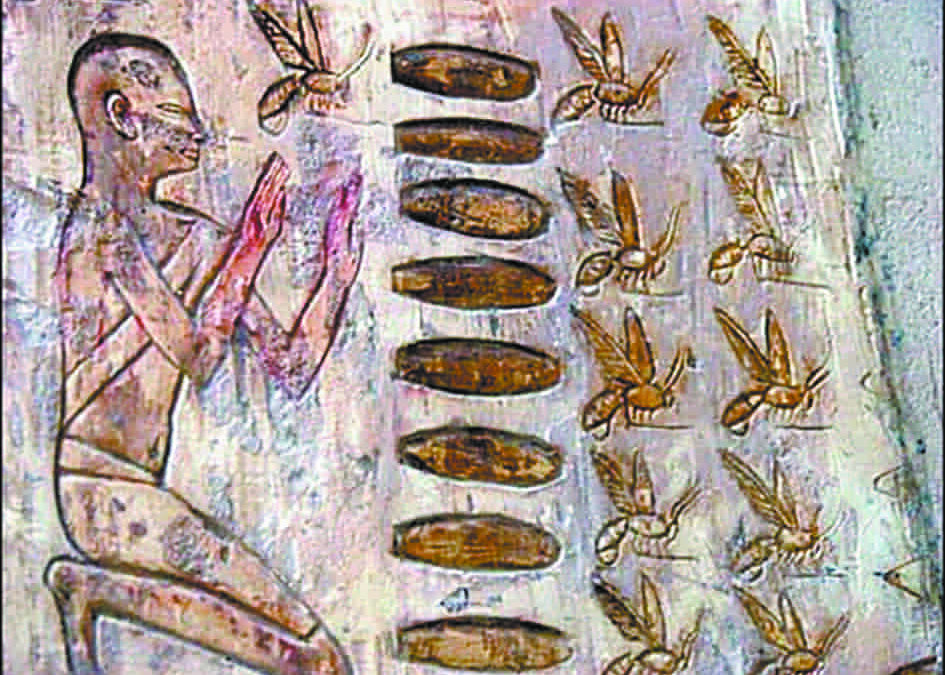Honey, Bees, and Mysteries of Ancient Egyptian Iconography
Beekeeping seems to have developed in ancient Egypt since the Neolithic era, yet it wasn’t a common motif in Egyptian iconography. Notably, there’s no concrete representation until the reign of Nyuserre Ini (Fifth Dynasty), who incorporated it into his solar temple at Abu Gorab.
Towards the end of this dynasty, King Unas collected a similar image and placed it along the road connecting his pyramid to the “Valley Temple.”
Following these two representations, no scenes depicting beekeeping are known until the New Kingdom. It resurfaced during the time of Vizier Rekhmire (TT100) and Thanuro (TT101), both from the 18th Dynasty, and in the tomb of Pabasa (TT279) from the Twenty-sixth Dynasty.
Although such scenes were not common, the offering of honey was frequently depicted. However, apart from those mentioned, these depictions are limited to tombs from the 18th Dynasty in the private cemetery of Thebes.
Moreover, the significance of bees in the cult of the god Min is evident, as some of his priests held titles related to honey and bees.
Similar to other cultures, the ancient Egyptians regarded the queen bee as a male animal. Perhaps, the organization of these insects and the care of their offspring served as a model for the Egyptian monarch and his court.
Since the First Dynasty, the bee was part of one of the five names of the king (Nesut bity), translated as “the one of the Reed and the Bee.” Here, the bee symbolizes Lower Egypt (the North), while the reed represents Upper Egypt (the South). This title has appeared since very early periods.
Honey, as a substance created through the magical intervention of bees, symbolized rebirth, immortality, and was associated with resurrection and the ability to ward off demons. It was also linked to the tears of Ra, as documented in The Papyrus of Bulak.
Due to its therapeutic properties, honey was considered a magical remedy against certain evil forces. Some texts describe how to make amulets using this ingredient for protection against the genies and demons believed to cause diseases. Additionally, it was used in mummification for its ability to prevent bacterial growth.
On a different note, honey was used to convey concepts of tranquility and joy. For instance, the Hearst papyrus (215) 14,7-10 relates how the gods’ hearts were sweetened by consuming honey, leading to their happiness. Similarly, the deceased expressed hopes that offering this substance would ensure their happiness after death.







